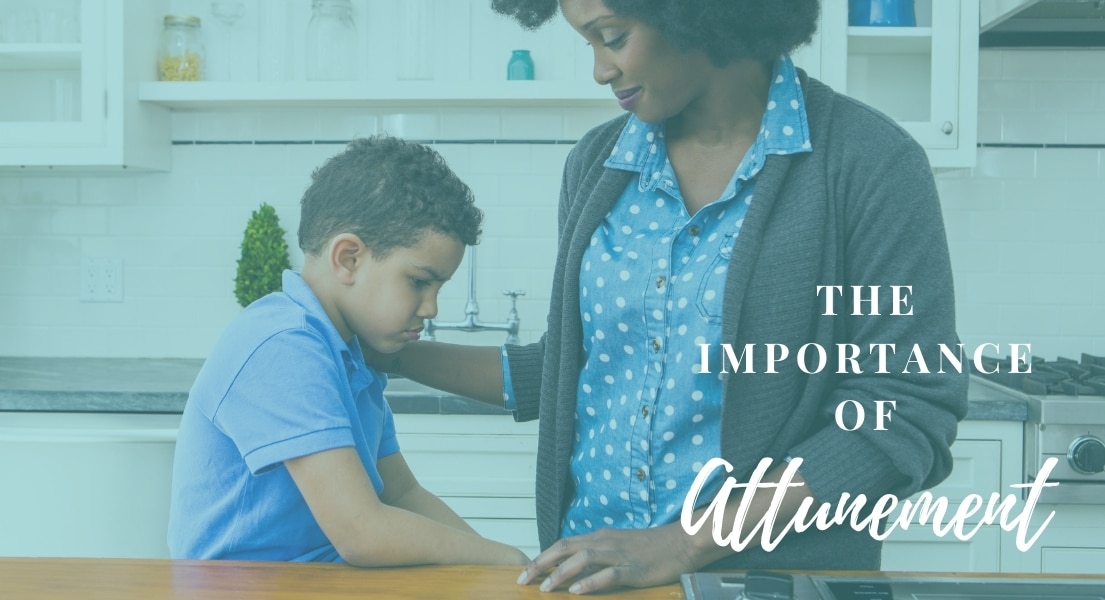Last week I was grocery shopping and suddenly heard a child’s loud yelling and wailing coming from the next aisle. A moment later I heard a frustrated parent loudly respond, “What is wrong with you, why are you crying?!” As I turned into the next aisle, I realized the wailing was coming from the in-store pharmacy where a young school-aged boy had just received a flu shot. The child was still crying loudly, saying it hurt while the parent tried to reason with the child. I heard the parent respond, “The shot didn’t hurt. What hurt was me holding your arm.” The argument continued, punctuated by tears, as the parent tried to convince their son that the shot he just received didn’t hurt.
This is an easy mistake for us as parents to make. We want our children to feel better and we think the best way to do that is to reason with them; we point out that they are ok and whatever they are feeling is not as big a deal as they are making it out to be. The problem is, in order for our children (or anyone for that matter) to allow us to speak into their reality, they first have to feel seen and understood by us. There is a name for this process, and we call it: VCR (Validation, Comfort, Recover.)
One of the most important things we can do for our children is to join them in their feelings. This is known as attunement. We can use our body language, voice tone, facial expressions and words to help our children feel seen and understood. When we meet our children where they are, they no longer feel alone in their feelings and are ready for us to journey back to peace and joy together.
Thankfully, we don’t have to agree with our children in order to walk them through this process. I remember many times when one of my young sons became upset when they couldn’t have what they wanted. While, I didn’t agree with them that they should have their way, I was able to acknowledge just how big their feelings were and how sad and mad they felt to not have what they wanted. Even though I was the “source” of their problem, I was able to join them by validating their big feelings. After attuning to my son, I was able to help him find his way back to peace.
A way to do this is by helping our children find what we can still be thankful for in these circumstances and/or asking them what they need when they have these big feelings. For example, “I see how sad you are that it’s time to leave the park. That’s really upsetting! I’m glad we were able to play as long as we did and I look forward to coming back soon.”
While attunement is important, it can be difficult. For many of us, we did not receive attunement as children so we have not seen it modeled and it feels foreign to us. I know one of my biggest hurdles to attuning with my kids is when I have fallen out of relational mode and see my children’s big feelings as a problem to be solved. This is often accompanied by a sense of urgency on my part to make it stop. In the case of the parent in the store with the screaming child, they were likely feeling embarrassed by the loud tantrum their child was throwing and eager to make it stop.
Is attunement a new concept for you? Practice attuning to your children this week. Start by joining them in a happy feeling and then take it to another level by entering into their upset with them. If this is new for you, start with an upset caused by someone else (a sibling hit them or they are mad at your spouse.) When you have found your footing in these situations, try the deeper waters and enter into their feelings when they are upset with you. Over time, attunement will feel more natural to you and will be so valuable for your family.

The idea that I did not have to agree with my children to validate them was a game changer! I had originally thought that validating automatically equaled agreement, but that is not the case. I’ve begun using this and seen a huge change in how quickly my kids are able to return to joy and peace. It also keeps me from feeling overwhelmed with their big emotions. VCR is such an important parenting tool that I’m so thankful to have learned.